I finally received a copy of the Handbook of TPCK for educators (which I had blogged about previously here). It looks great! Matt and I have a key chapter (Introducing TPCK). I hadn’t read this in a while, and after I got the book, I skimmed it… and it reads well. In fact, I believe that this is one of the better pieces Matt and I have written, and we have written quite a bit of stuff together. Anyway, receiving the book reminded me of something I had intended to blog for a while, but had just never gotten around do.
The cover of the book is designed by Smita Sawai (with some input from me). Smita is a talented graphic designer who runs her own graphic design business Avani-Design.
Anyway, the final cover is just one of many concepts that she had developed and I am (for the record) documenting some of the alternates that didn’t make it. Here they are:
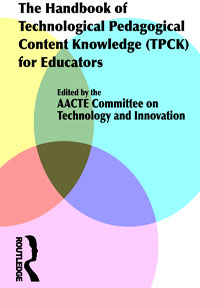

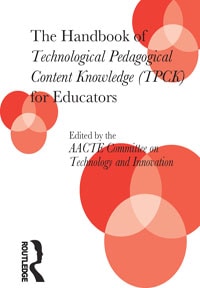
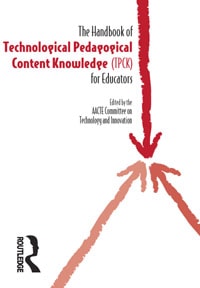
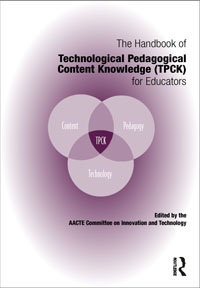
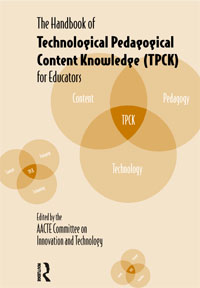
I personally like concept 4, the one with arrows, which I find a somewhat different and subtle way of indicating the manner in which the TPCK model brings together three different kinds of knowledge… Sadly it was considered a bit too subtle 🙂
This is not to say that I don’t like the final design. I love it and it looks great in print – something a picture on a website cannot capture, but here it is anyway.


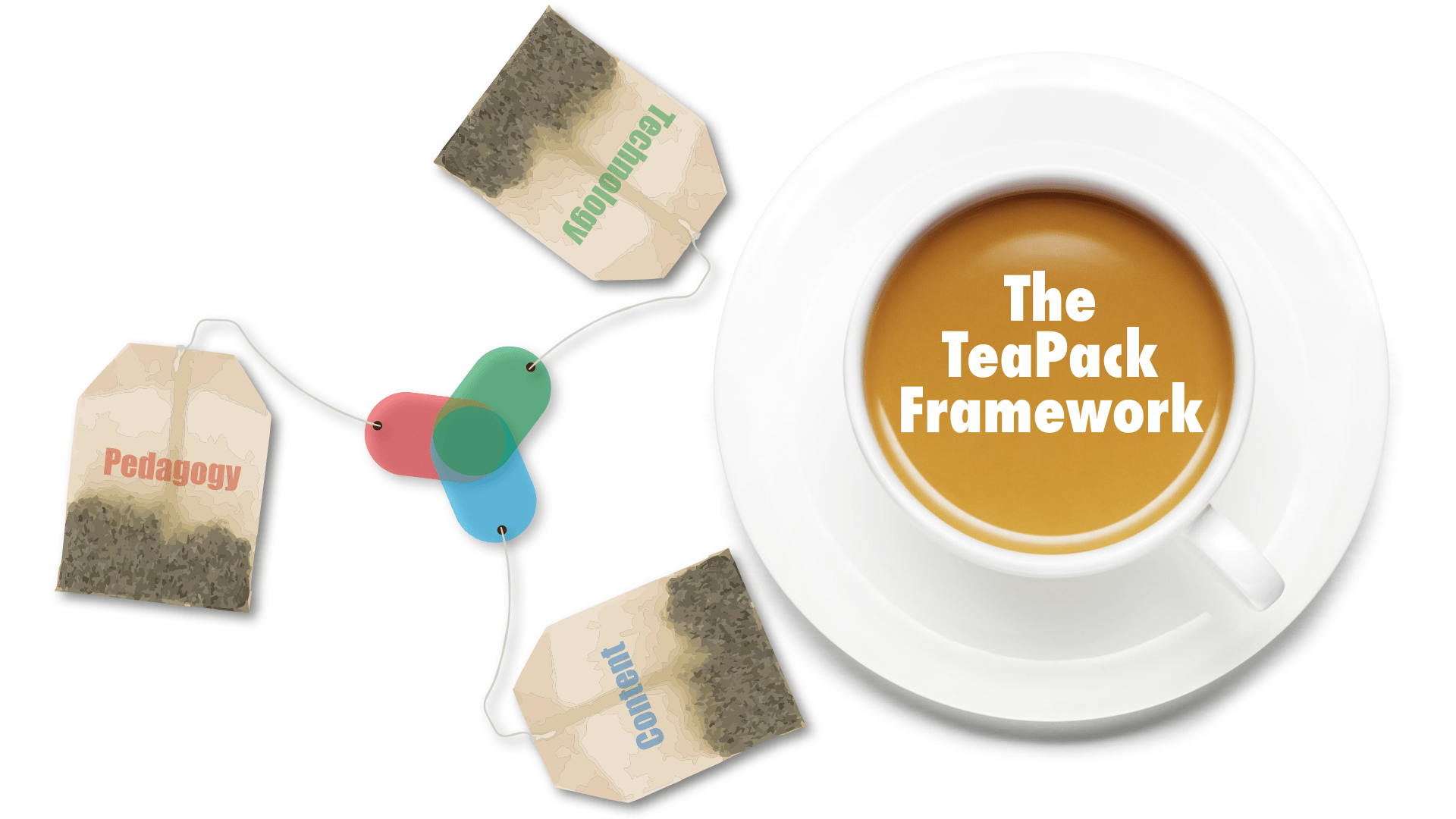
0 Comments